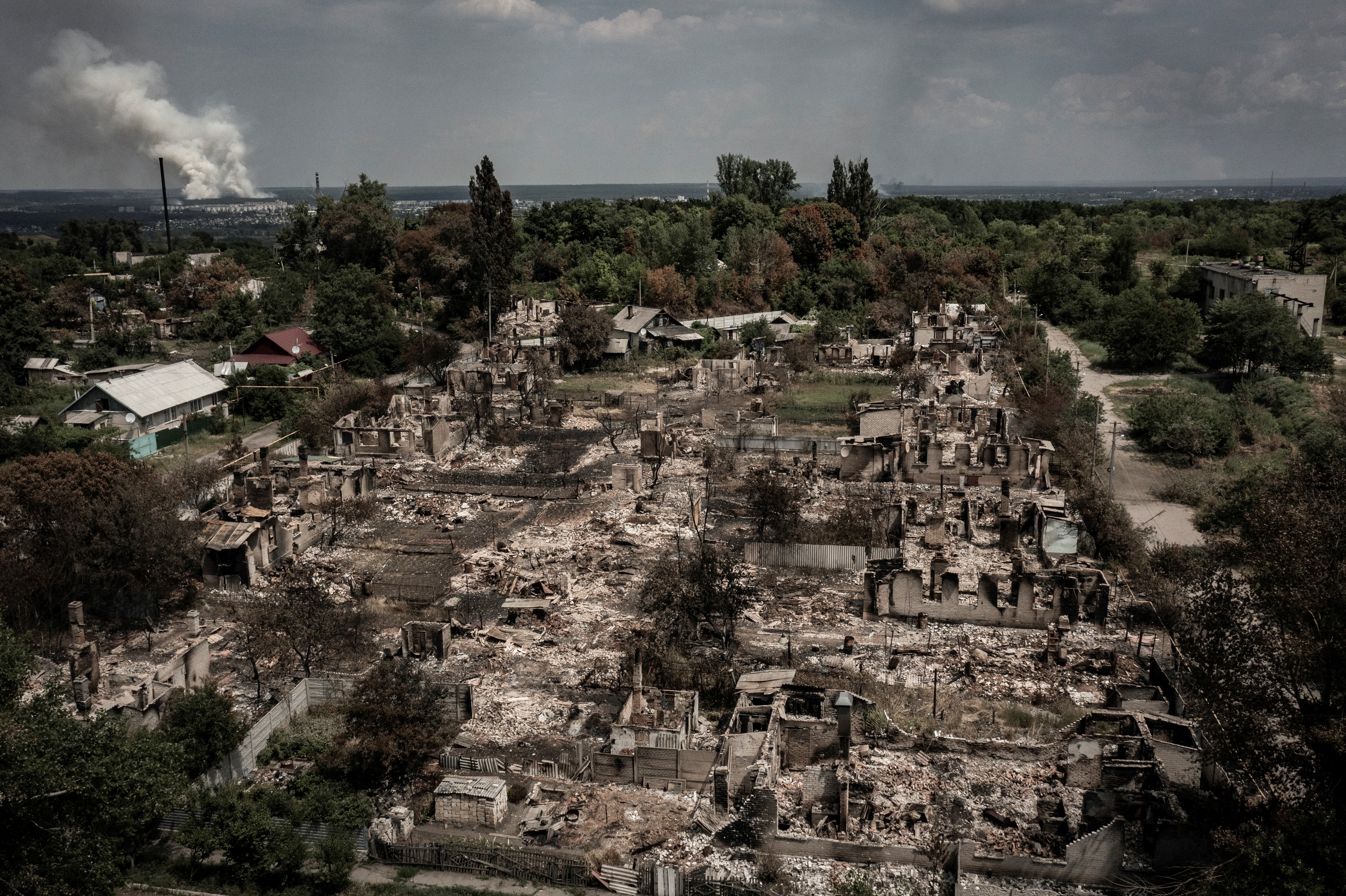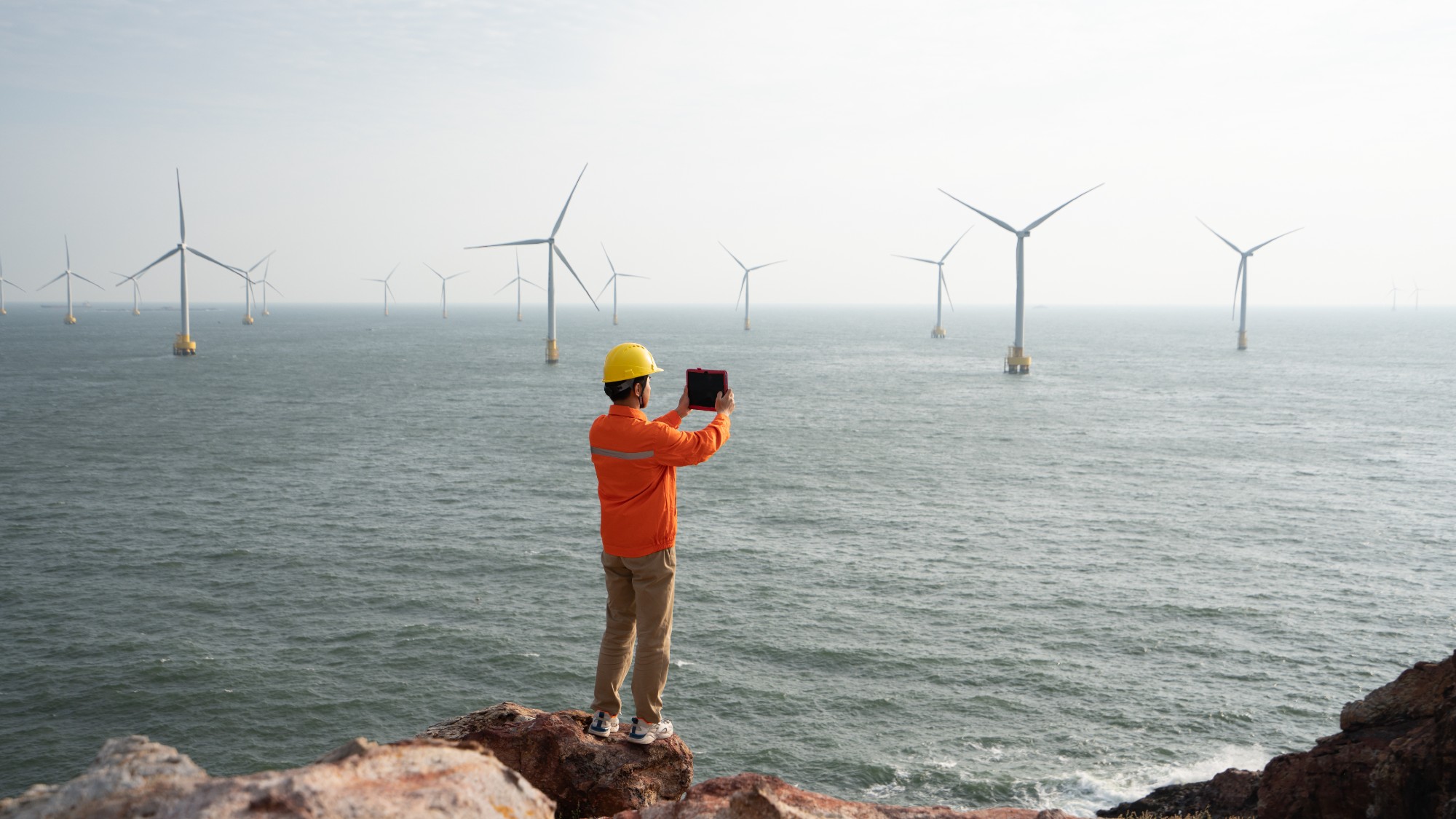Exhibit of the week: Ink Art: Past as Present in Contemporary China
A wide-ranging contemporary art scene has been gathering force in China since Chairman Mao’s 1976 death.
The Metropolitan Museum of Art, New York City
Through April 6
“While you weren’t looking, the world changed,” said Melik Kaylan in TheDailyBeast.com. That’s the message most visitors will be forced to confront if they wander into the Met’s Chinese wing this season. Many antique treasures remain on display, but threaded in among them are bold, challenging, newer works that converse with ancient traditions in sometimes brash, sometimes mournful tones. Many of us in the West might not have noticed, but a wide-ranging contemporary art scene has been gathering force in China since Chairman Mao’s 1976 death, and the 70 pieces in “Ink Art” prove it. All the work riffs off a single venerable Chinese genre, but “at its profoundest, the show awakens us to what is happening to national cultural aesthetics everywhere, including our own, as motifs and symbols and visual paradigms wash back and forth across divides.”
The Week
Escape your echo chamber. Get the facts behind the news, plus analysis from multiple perspectives.

Sign up for The Week's Free Newsletters
From our morning news briefing to a weekly Good News Newsletter, get the best of The Week delivered directly to your inbox.
From our morning news briefing to a weekly Good News Newsletter, get the best of The Week delivered directly to your inbox.
Unfortunately, some pieces in the show “simply put a Chinese spin on familiar art-making strategies,” said Roberta Smith in The New York Times. Maybe you haven’t seen a scholar’s rock cast in stainless steel before or a ceremonial robe made of clear plastic, but they’re essentially just faint echoes of Marcel Duchamp’s modified readymades. More impressive are the works more closely engaged in extending ink-and-brush traditions. Three hanging scrolls by Gu Wenda get the show off to “a stunning start” because their “extravagantly brushed” surfaces each resemble “a fast-approaching storm.” Wang Dongling, meanwhile, pushes Chinese calligraphy until it yields “enormous, swashbuckling abstractions.” Such images might not change how you view the world, but they “will at least briefly grab your attention. Skill does that.”
Many of the artists seem to be yearning to connect to a past that high-speed industrialization is “assiduously trashing,” said Ariella Budick in the Financial Times. In View of Tide, Yang Yongliang re-creates the misty natural landscape of an iconic 12th-century scroll, but if you look closely the image “dissolves into postindustrial nightmare”: In Yang’s composite photograph, the mountains are constructed of photoshopped high-rises and the “trees” are actually construction cranes and power lines. Shi Guorui achieves a similar effect in a 2004 photograph of Shanghai. Using an eight-hour exposure time, Shi effectively “empties the metropolis of people,” turning the day’s traffic into a blur, until “all that’s left is an eerie sci-fi fantasy of silent towers soaring into the blackness.” The buildings evoke tombstones; “he has turned the city into a memorial to itself.”
A free daily email with the biggest news stories of the day – and the best features from TheWeek.com
-
 US citizens are carrying passports amid ICE fears
US citizens are carrying passports amid ICE fearsThe Explainer ‘You do what you have to do to avoid problems,’ one person told The Guardian
-
 All roads to Ukraine-Russia peace run through Donetsk
All roads to Ukraine-Russia peace run through DonetskIN THE SPOTLIGHT Volodymyr Zelenskyy is floating a major concession on one of the thorniest issues in the complex negotiations between Ukraine and Russia
-
 Why is Trump killing off clean energy?
Why is Trump killing off clean energy?Today's Big Question The president halts offshore wind farm construction